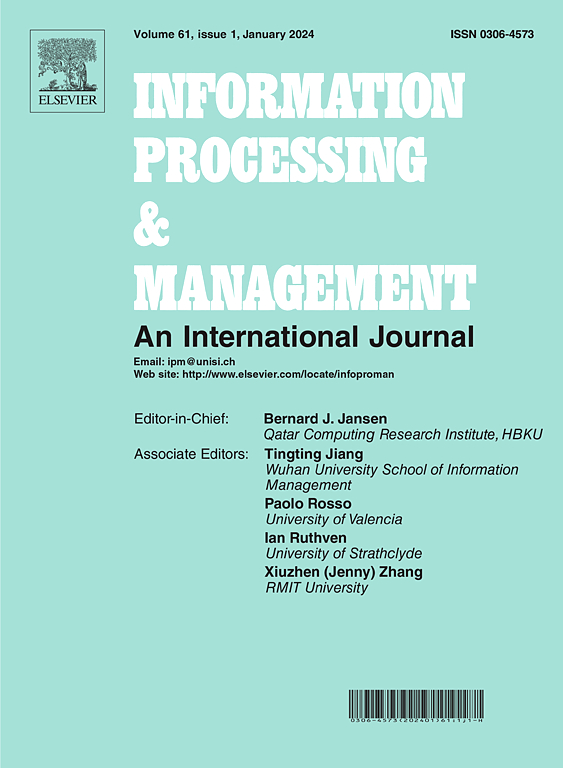Network dismantling with community-based edge percolation
IF 7.4
1区 管理学
Q1 COMPUTER SCIENCE, INFORMATION SYSTEMS
引用次数: 0
Abstract
Traditional node-based dismantling strategies, which remove nodes along with their associated edges, tend to incur high costs. In contrast, edge-based strategies are more cost-effective but often suffer from low efficiency due to the large number of edges in most networks. To address these challenges, we propose a divide-and-conquer framework that reinterprets network-level dismantling as cluster-level dismantling. Specifically, we integrate community detection with explosive percolation to develop the Community-based Edge Percolation (CEP) algorithm, which targets critical edges whose removal effectively breaks the network into subcritical components, thereby optimizing dismantling efficiency while minimizing costs. Experiments on 38 synthetic networks derived from four different models, as well as on nine empirical networks, show that CEP consistently outperforms state-of-the-art (SOTA) algorithms across nearly all datasets, yielding improvements of up to 30.611 % in and 67.108 % in Schneider R. Further analysis indicates that the sets of removed edges identified by CEP have a low correlation with those identified by other benchmarks, underlining its novelty and superior capability in identifying critical edges. Overall, we propose a universal and efficient edge dismantling framework that exhibits substantial advantages in large-scale empirical networks, offering valuable insights into network robustness.
基于社区边缘渗透的网络拆除
传统的基于节点的拆除策略,即移除节点及其相关边,往往会产生很高的成本。相比之下,基于边缘的策略更具成本效益,但在大多数网络中,由于边缘数量较多,效率较低。为了应对这些挑战,我们提出了一个分而治之的框架,将网络级拆除重新解释为集群级拆除。具体而言,我们将社区检测与爆炸渗透相结合,开发了基于社区的边缘渗透(CEP)算法,该算法针对关键边缘,其移除有效地将网络分解为次关键组件,从而优化拆除效率,同时最小化成本。对来自4种不同模型的38个合成网络以及9个经验网络进行的实验表明,CEP在几乎所有数据集中始终优于最先进的(SOTA)算法,在fc和Schneider r中分别提高了30.611%和67.108%。进一步的分析表明,CEP识别的去除边缘集与其他基准识别的边缘集具有较低的相关性。强调其新颖性和识别关键边缘的优越能力。总体而言,我们提出了一个通用且有效的边缘拆除框架,该框架在大规模经验网络中表现出实质性优势,为网络鲁棒性提供了有价值的见解。
本文章由计算机程序翻译,如有差异,请以英文原文为准。
求助全文
约1分钟内获得全文
求助全文
来源期刊

Information Processing & Management
工程技术-计算机:信息系统
CiteScore
17.00
自引率
11.60%
发文量
276
审稿时长
39 days
期刊介绍:
Information Processing and Management is dedicated to publishing cutting-edge original research at the convergence of computing and information science. Our scope encompasses theory, methods, and applications across various domains, including advertising, business, health, information science, information technology marketing, and social computing.
We aim to cater to the interests of both primary researchers and practitioners by offering an effective platform for the timely dissemination of advanced and topical issues in this interdisciplinary field. The journal places particular emphasis on original research articles, research survey articles, research method articles, and articles addressing critical applications of research. Join us in advancing knowledge and innovation at the intersection of computing and information science.
 求助内容:
求助内容: 应助结果提醒方式:
应助结果提醒方式:


